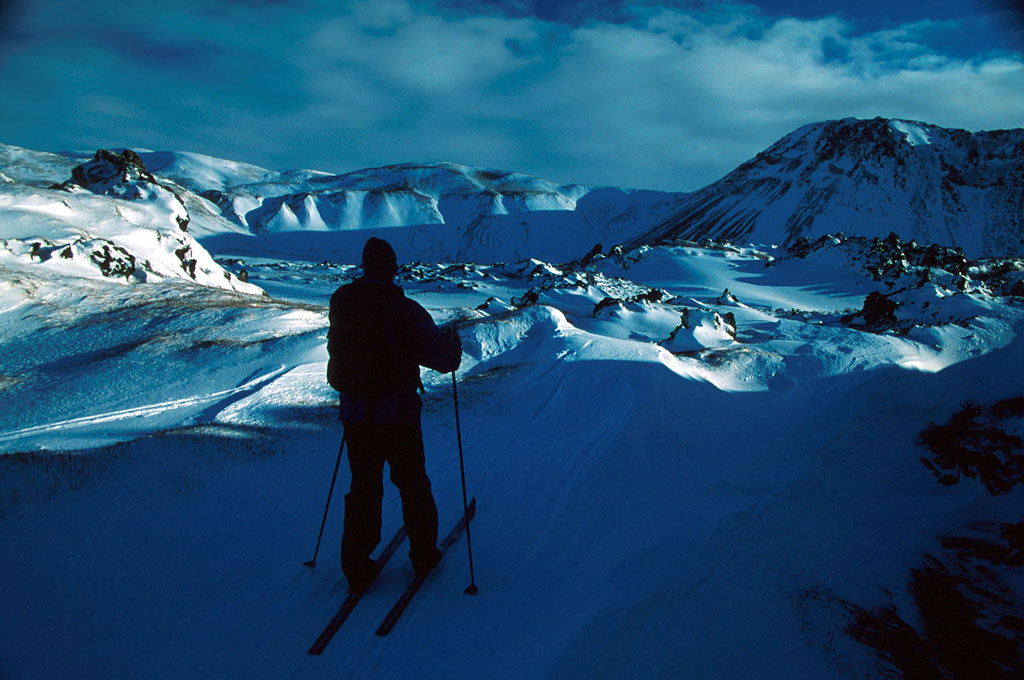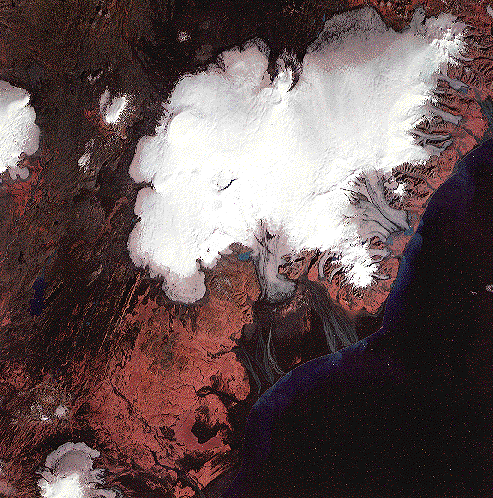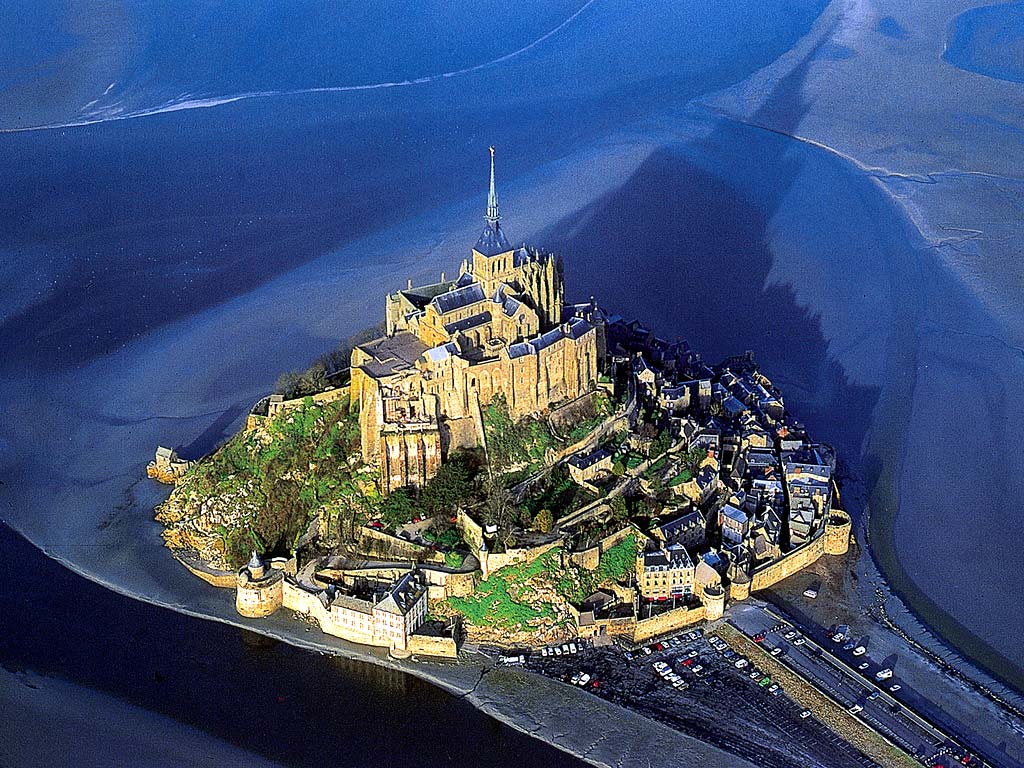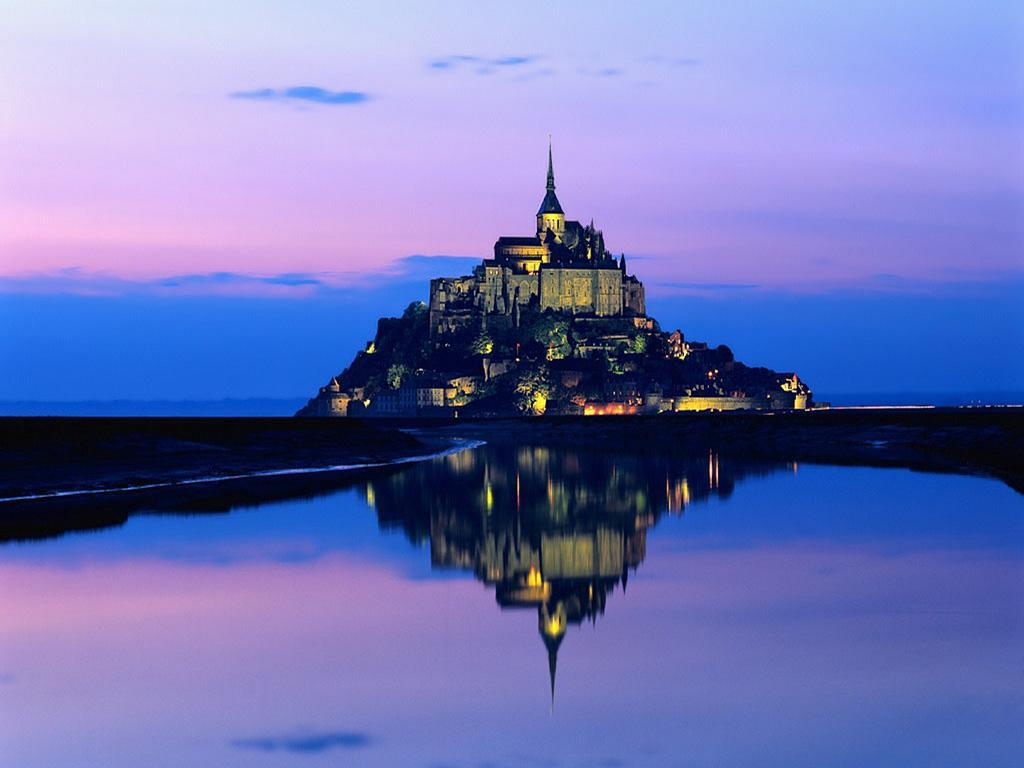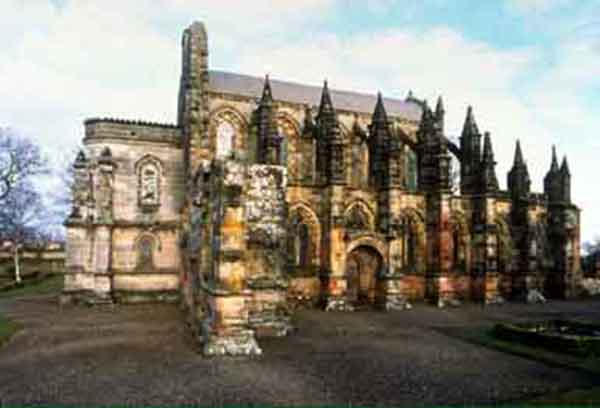 Spontaneous human combustion (SHC) is the alleged burning of a person's body without a readily apparent, identifiable external source of ignition. The combustion may result in simple burns and blisters to the skin, smoking, or a complete incineration of the body. The latter is the form most often 'recognized' as SHC. There is much speculation and controversy over SHC. It is not a proven natural occurrence, but many theories have attempted to explain SHC's existence and how it may occur. The two most common explanations offered to account for apparent SHC are the non-spontaneous "wick effect" fire, and the rare discharge called static flash fires. Although mathematically it can be shown that the human body contains enough energy stored in the form of fat and other tissues to consume it completely, in normal circumstances bodies will not sustain a flame on their own.
Spontaneous human combustion (SHC) is the alleged burning of a person's body without a readily apparent, identifiable external source of ignition. The combustion may result in simple burns and blisters to the skin, smoking, or a complete incineration of the body. The latter is the form most often 'recognized' as SHC. There is much speculation and controversy over SHC. It is not a proven natural occurrence, but many theories have attempted to explain SHC's existence and how it may occur. The two most common explanations offered to account for apparent SHC are the non-spontaneous "wick effect" fire, and the rare discharge called static flash fires. Although mathematically it can be shown that the human body contains enough energy stored in the form of fat and other tissues to consume it completely, in normal circumstances bodies will not sustain a flame on their own. History of Spontaneous Human Combustion
Many people believe that Spontaneous Human Combustion was first documented in such early texts as the Bible, but, scientifically speaking, these accounts are too old and secondhand to be seen as reliable evidence.
Over the past 300 years, there have been more than 200 reports of persons burning to a crisp for no apparent reason.
The first reliable historic evidence of Spontaneous Human Combustion appears to be from the year 1673, when Frenchman Jonas Dupont published a collection of Spontaneous Human Combustion cases and studies entitled De Incendiis Corporis Humani Spontaneis. Dupont was inspired to write this book after encountering records of the Nicole Millet case, in which a man was acquitted of the murder of his wife when the court was convinced that she had been killed by spontaneous combustion. Millet, a hard-drinking Parisian was found reduced to ashes in his straw bed, leaving just his skull and finger bones. The straw matting was only lightly damaged. Dupont's book on this strange subject brought it out of the realm of folkloric rumor and into the popular public imagination.
On April 9, 1744, Grace Pett, 60, an alcoholic residing in Ipswich England, was found on the floor by her daughter like "a log of wood consumed by a fire, without apparent flame." Nearby clothing was undamaged.
In the 1800's is evidenced in the number of writers that called on it for a dramatic death scene. Most of these authors were hacks that worked on the 19th century equivalent of comic books, "penny dreadfuls", so no one got too worked up about it; but two big names in the literary world also used SHC as a dramatic device, and one did cause a stir.
The first of these two authors was Captain Marryat who, in his novel Jacob Faithful, borrowed details from a report in the Times of London of 1832 to describe the death of his lead character's mother, who is reduced to "a sort of unctuous pitchey cinder."
Twenty years later, in 1852, Charles Dickens used Spontaneous Human Combustion to kill off a character named Krook in his novel Bleak House. Krook was a heavy alcoholic, true to the popular belief at the time that SHC was caused by excessive drinking. The novel caused a minor uproar; George Henry Lewes, philosopher and critic, declared that SHC was impossible, and derided

Dickens' work as perpetuating a uneducated superstition. Dickens responded to this statement in the preface of the 2nd edition of his work, making it quite clear that he had researched the subject and knew of about thirty cases of SHC. The details of Krook's death in Bleak House were directly modeled on the details of the death of the Countess Cornelia de Bandi Cesenate by this extraordinary means; the only other case that Dickens actually cites details from is the Nicole Millet account that inspired Dupont's book about 100 years earlier.
In 1951the Mary Reeser case recaptured the public interest in Spontaneous Human Combustion. Mrs. Reeser, 67, was found in her apartment on the morning of July 2, 1951, reduced to a pile of ashes, a skull, and a completely undamaged left foot. This event has become the foundation for many a book on the subject of SHC since, the most notable being Michael Harrison's Fire From Heaven, printed in 1976. Fire From Heaven has become the standard reference work on Spontaneous Human Combustion.
On May 18, 1957, Anna Martin, 68, of West Philadelphia, Pennsylvania, was found incinerated, leaving only her shoes and a portion of her torso. The medical examiner estimated that temperatures must have reached 1,700 to 2,000 degrees, yet newspapers two feet away were found intact.
On December 5, 1966, the ashes of Dr. J. Irving Bentley, 92, of Coudersport, Pennsylvania, were discovered by a meter reader. Dr. Bentley's body apparently ignited while he was in the bathroom and burned a 2-1/2-by-3-foot hole through the flooring, with only a portion of one leg remaining intact. Nearby paint was unscorched.
Perhaps the most famous case occurred in St. Petersburg, Florida. Mary Hardy Reeser, a 67-year-old widow, spontaneously combusted while sitting in her easy chair on July 1, 1951. The next morning, her next door neighbor tried the doorknob, found it hot to the touch and went for help. She returned to find Mrs. Reeser, or what was left of her, in a blackened circle four feet in diameter.
All that remained of the 175-pound woman and her chair was a few blackened seat springs, a section of her backbone, a shrunken skull the size of a baseball, and one foot encased in a black stain slipper just beyond the four-foot circle. Plus about 10 pounds of ashes.
The police report declared that Mrs. Reeser went up in smoke when her highly flammable rayon-acetate nightgown caught fire, perhaps because of a dropped cigarette.
But one medical examiner stated that the 3,000-degree heat required to destroy the body should have destroyed the apartment as well. In fact, damage was minimal - the ceiling and upper walls were covered with soot. No chemical accelerants, incidentally, were found.
In 1944 Peter Jones, survived this experience and reported that there was no sensation of heat nor sighting of flames. He just saw smoke. He stated that he felt no pain.
Theories about Spontaneous Human Combustion
- Alchoholism - many Spontaneous Human Combustion vicitms have been alcoholics. But

experiments in the 19th century demonstrated that flesh impregnated with alcohol will not burn with the intense heat associated with Spontaneous Human Combustion.
- Deposits of flammable body fat - Many victims have been overweight - yet others have been skinny.
- Devine Intervention - Centuries ago people felt that the explosion was a sign from God of devine punishment.
- Build-up of static electricity - no known form of electrostatic discharge could cause a human to burst into flames.
- An explosive combination of chemicals can form in the digestive system - due to poor diet.
- Electrical fields that exist within the human body might be capable of 'short circuiting' somehow, that some sort of atomic chain reaction could generate tremendous internal heat.
No satisfactory explanation of Spontaneous Human Combustion has ever been given. It is still an unsolved mystery.
What Remains After a Spontaneous Human Combustion Event
- The body is normally more severely burned than one that has been caught in a normal fire.
- The burns are not distributed evenly over the body; the extremities are usually untouched by fire, whereas the torso usually suffers severe burning.
- In some cases the torso is completely destroyed, the bones being reduced completely to ash.
- Small portions of the body (an arm, a foot, maybe the head) remain unburned.

- Only objects immediately associated with the body have burned; the fire never spread away from the body. SHC victims have burnt up in bed without the sheets catching fire, clothing worn is often barely singed, and flammable materials only inches away remain untouched.
- A greasy soot deposit covers the ceiling and walls, usually stopping three to four feet above the floor.
- Objects above this three to four foot line show signs of heat damage (melted candles, cracked mirrors, etc.)
- Although temperatures of about 3,000 degrees Fahrenheit are normally required to char a body so thoroughly (crematoria, which usually operate in the neighborhood of 2,000 degrees, leave bone fragments which must be ground up by hand), frequently little or nothing around the victim is damaged, except perhaps the exact spot where the deceased ignited.
Types of Spontaneous Human Combustion
Some events of Spontaneous Human Combustion are witnessed but some are not.
All reported cases have occurred indoors.
The victims were always alone for a long period of time.
Witnesses who were nearby (in adjacent rooms) report never hearing any sounds, such as cries of pain or calls for assistance.
In the witnessed combustions - people are actually seen by witnesses to explode into flame; most commonly. Here the witnesses agree that there was no possible source of ignition and/or that the flames were seen to erupt directly from the victim's skin. Unfortunately, most of the known cases of this type are poorly documented and basically unconfirmed. Sometimes there are no flames seen by the witness.
Non-fatal cases - Unfortunately, the victims of these events generally have no better idea of what happened to them than do the investigators; but the advantage to this grouping is that a survivor can confirm if an event had a simple explaination or not. Thus, there are far fewer cases of Spontaneous Human Combustion with survivors that can be explained away by skeptics without a second look.
Sometimes victims develop burns on their bodies that have no known external cause. These strange wounds commonly start as small discomforts that slowly grow into large, painful marks.
Sometimes the victim will exhibit a mysterious smoke from the body. In these odd and rare occurences smoke is seen to emanate from a person, with no associated fire or source of smoke other than the person's body.








